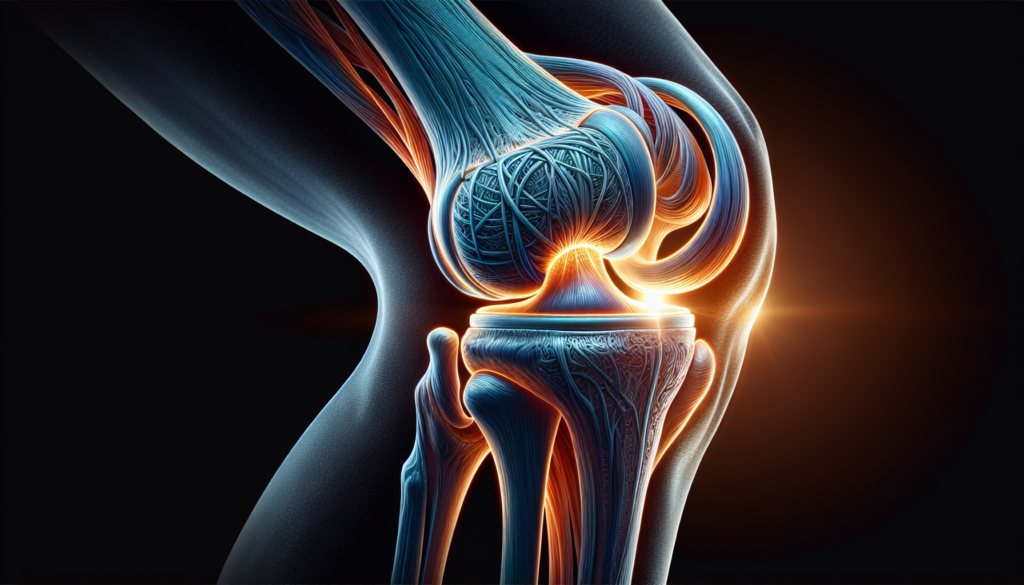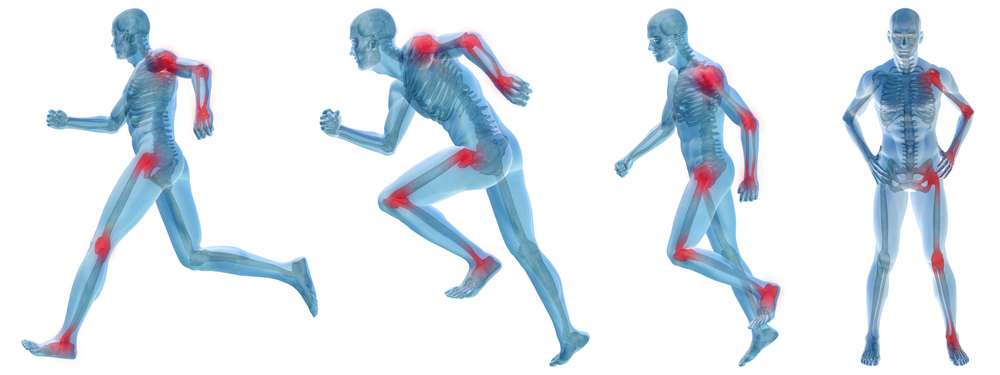Dr. Kevin Plancher with Plancher Orthopaedics & Sports Medicine Cites Advances, Offers Tips to Avoid Joint Surgery.
NEW YORK & GREENWICH, Conn. (PRWEB) May 11, 2018

Hip replacement is – well – becoming “hip,” but could the trendy surgery also prolong one’s life? Maybe, says renowned orthopedic surgeon and sports medicine specialist, Kevin D. Plancher, MD, MPH, referring to a Swedish study published this year (February 2018) in Clinical Orthopaedics and Related Research®. “But, more importantly, the research demonstrates the ongoing scientific focus on enhancing what already has become a common and very successful procedure to eliminate pain and return patients to an active lifestyle,” says Dr. Plancher, founder of Plancher Orthopaedics & Sports Medicine and clinical professor of orthopaedics at the Albert Einstein College of Medicine in New York.
In examining postoperative survival rates of some 132,000 total hip replacement patients in Sweden, scientists determined that patients who had undergone the surgery because of osteoarthritis – normal wear and tear of the hip joint – not only enjoyed improved quality of life but lived statistically longer than a comparative population group.
Their work is just one in a flurry of total hip replacement investigations published or presented in the past 12 months, as the number of procedures, known as hip arthroplasty or replacing the hip, continues to climb in the United States.
Patients’ desire for what Dr. Plancher calls an “active lifestyle” is what seems to be driving demand. More than 300,000 hip arthroplasty procedures are now performed annually in the United States.
“Total hip replacement was once primarily the domain of the elderly – those suffering from age-related rheumatoid arthritis or osteoarthritis. However, the Baby Boomer population has changed that metric,” Dr. Plancher says. “They don’t want to give up the sports and other activities that they have long enjoyed – and they are living longer than their parents and grandparents. As a result, we are seeing more patients – and younger patients — developing osteoarthritis due to excessive wear of the hip joints.”
Coupled with this lifestyle trend are advancements in hip-replacement procedures and in the longevity and viability of hip implants used to replace diseased and worn-out cartilage and bone. Implants are ball-and-socket systems mimicking the mechanics of the human hip joint, in which the head of the femur (thigh bone) sits and rotates within the acetabulum, the cup-shaped socket at the pelvis.
“A surgery that once kept patients in the hospital for several days or more can often times be performed on healthier individuals as a minimally invasive, outpatient procedure,” Dr. Plancher says, “with or without a robot.”
“Hip implants also have been greatly improved. The average lifespan of an implant is now about 20 years, which means younger patients can opt for surgery with less worry, but not a guarantee that an implant will have to be replaced within a relatively short span of time,” he adds.
Such advancements are what’s prompting more people with painful, diseased hips to choose total joint-replacement surgery. Risks and complications have been reduced, recovery times quickened, implant durability enhanced, and hip-joint function improved, Dr. Plancher explains.
Recent published research bears him out.
In February 2018, scientists at the Imperial College London reported a unique, ceramic hip implant may allow a greater number of patients to benefit from hip resurfacing, a less invasive procedure that leaves more of the bone in the diseased hip joint and gives patients greater mobility. Patients receiving the implant returned to normal activities within six weeks following surgery. In the US, this procedure has not had as much success and surgeons are cautious about who is offered this procedure.
Meanwhile, Dr. Plancher offers advice to those diagnosed with deteriorating hip cartilage but who want to avoid surgery:
- Exercise regularly, but gently. Enjoy cycling or swimming, avoiding impact sports. Easy range-of-motion movements and aerobic exercises, such as walking at a normal pace, can keep hip joints “greased.” Avoid activities that stress the joints – like running on hard surfaces. Talk to a physical therapist or exercise physiologist about a proper exercise routine.
- Wear comfortable shoes. Women should avoid high heels, which put too much load on joints.
- If overweight, lose it.
- Eat nutritious meals. Consume foods that promote cartilage health, including legumes, oranges, Brussel sprouts and brown rice.
Kevin Plancher, MD, MPH, is a board-certified orthopaedic surgeon. He founded Plancher Orthopaedics & Sports Medicine and serves as Albert Einstein College of Medicine in New York. Since 2001, he has been listed annually in the Castle Connolly directory as a “top doctor” in his field.
Plancher Orthopaedics & Sports Medicine is a comprehensive orthopaedics and sports medicine practice with offices in New York City and Greenwich, CT. http://www.plancherortho.com





 William D. Murrell, MD
William D. Murrell, MD Thomas B. Evely, DO
Thomas B. Evely, DO Clifford Voigt, MD
Clifford Voigt, MD Karthikeyan Chinnakkannu, MD
Karthikeyan Chinnakkannu, MD Max N. Seiter, MD
Max N. Seiter, MD Demetris Delos, MD
Demetris Delos, MD Lauren M. Fabian, MD
Lauren M. Fabian, MD